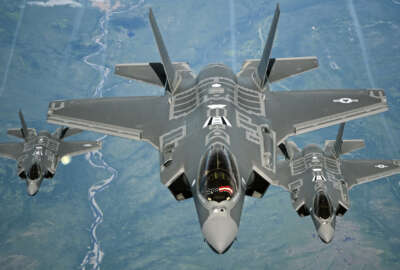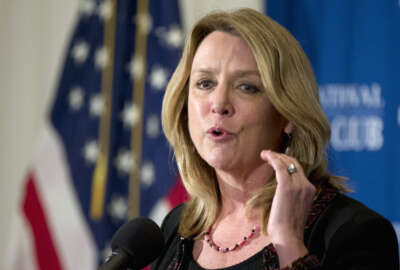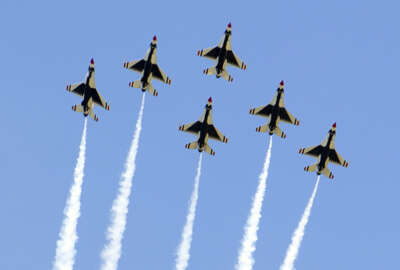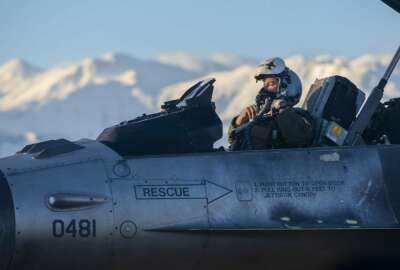
Air Force digs in on personnel policies as transition nears
After cutting burdensome training and duties, the Air Force is creating a board to review more issues in the future.
The Air Force is taking steps to entrench its newest personnel policy changes as the service prepares to change leadership on Jan. 20.
The service recently lessened the burden of additional duties and superfluous training on its airmen. It’s now creating a board to continually review airmen’s duties, training and other personnel matters in the future.
“That is a body that will be chaired by military and civil servants, people who will remain,” Air Force Secretary Deborah Lee James said Dec. 19 during a speech at the Atlantic Council.
James said the Air Force stressed the importance of making military life more appealing to service members and recruits to President-elect Donald Trump’s landing team. James said the transition team is receptive to the suggestions.
Additional duties eat “up a lot of time and [are] frequently a big annoyance to the force. I’ve heard this over and over again as I’ve traveled,” James said this summer. “We are trying to take that on. … We looked at the things we have done to ourselves by Air Force instruction. What are some of these additional duties and can we eliminate some of them?”
The reduction in required training starts at the beginning of 2017.
“We’ve taken some modest steps to ensure we use our airmen’s time in the smartest way, but this is a journey,” Air Force Chief of Staff David Goldfein said in an Oct. 31 statement. “We’ll continue to be deliberate about what we cut or streamline, but more is required as we continue to focus our efforts on the business of warfighting, respecting our Airmen’s time and still meeting the necessary requirements to take care of our mission and our force.”
The Air Force chose what training to cut after conducting a survey of 25,000 airmen.
James’ remarks come as the Air Force is expanding to 317,000 airmen and is authorized to 321,000 for 2017. But the force is still unable to recruit and retain troops in key positions. The Air Force is down about 4,000 maintainers to work on aircraft and is in need of 700 pilots.
Drawing in new and talented people to the Air Force is particularly important. James said growing the size of the force is the greatest thing the U.S. can do to hedge its threats.
“We have been downsizing for 25 years. We are now the smallest active duty force that we’ve been since 1947 when we became an Air Force. You can’t do too many things at once if you’re that small because capacity matters. To increase the size, modestly — I’m not talking hundreds of thousands of people — would allow us to plug some holes and also allow us to build up certain capabilities, particularly ISR, cyber and a few other areas, fighter pilots for sure,” James said.
James said she’d like to see growth in the size of the force to the mid-300,000s over the next several years.
James said that’s exactly where she would put any extra funds if they somehow fell into her lap. There is a lot of anticipation that there will be more money coming to defense.
Trump has talked about adding as much as $100 billion to the defense budget. But his pick to head the Office of Management and Budget doesn’t exactly mesh with that idea.
Trump’s pick, Mick Mulvaney, is a known fiscal hawk.
“This Mulvaney appointment changes the tenor of the defense buildup for all of the services. It’s going to be one of the first showdowns in the cabinet and one that Trump will have to referee and that’s not a role I think he’s going to be comfortable in. … You’re not looking at a Reagan-equse kind of buildup where you are distributing abundance, but really having to make some tough choices about distributing some funds, but not getting the kind of across the board increases you had thought,” Mark Cancian, a senior advisory for the Center for Strategic and International Studies told Federal News Radio.
Copyright © 2025 Federal News Network. All rights reserved. This website is not intended for users located within the European Economic Area.
Scott Maucione is a defense reporter for Federal News Network and reports on human capital, workforce and the Defense Department at-large.
Follow @smaucioneWFED






